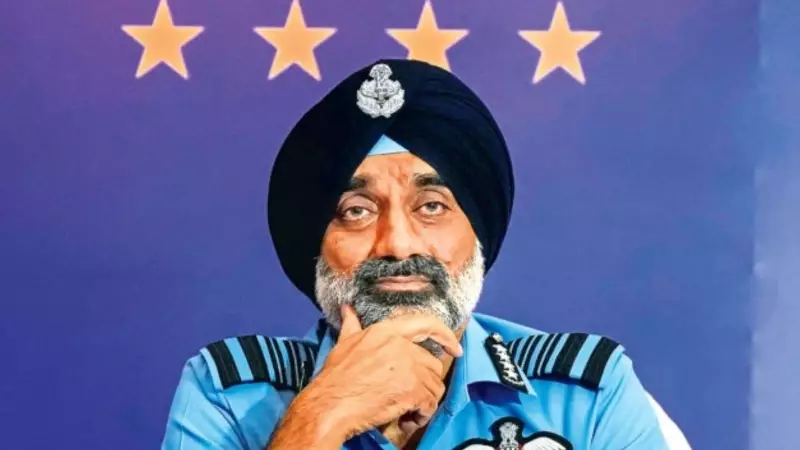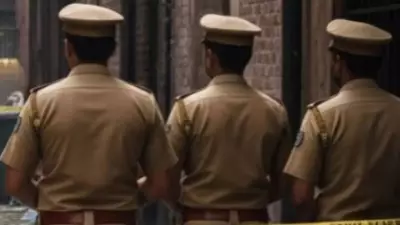
In what marks a pivotal moment for India's defence architecture, Air Chief Marshal VR Chaudhari, the Chief of the Air Staff, has declared that the Indian Air Force (IAF) is not fundamentally opposed to the creation of new structures, such as integrated theatre commands. This statement brings much-needed clarity to the ongoing discourse surrounding military modernization.
A Stance of Pragmatism, Not Obstruction
Addressing the media at a press conference ahead of the Air Force Day celebrations, the IAF Chief moved to dispel the notion that the Air Force is a roadblock to reform. He articulated a position of strategic pragmatism, stating the IAF's primary concern is ensuring that any new structure is efficient, well-thought-out, and sustainable.
'Our stance has been misunderstood,' Air Chief Marshal Chaudhari emphasized. 'We are not against the creation of theatre commands. Our point is that whatever structure we create, it must be future-proof and must take into account all the nuances of modern warfare.'
Focus on Seamless Integration and Air Power
The Air Chief's comments highlight the IAF's core argument in the theatre command debate. The force has consistently advocated for a model that does not dilute the potency of air power but rather enhances it through seamless integration. The key concerns revolve around:
- Optimal Utilization: Ensuring air assets are used with maximum strategic effect.
- Command and Control: Establishing clear and responsive chains of command.
- Doctrinal Harmony: Creating a joint warfare doctrine that leverages the strengths of all three services.
This nuanced position underscores that the IAF is actively engaged in finding a workable solution for tri-service integration, rather than simply resisting change.
The Road Ahead for Jointness
The creation of theatre commands is the most significant military restructuring India has contemplated in decades. It aims to merge the capabilities of the Army, Navy, and Air Force into unified geographical commands to ensure a more coordinated and rapid response to security threats.
By publicly stating its conditional support, the IAF leadership has opened a constructive pathway forward. The focus now shifts to the fine print—working out the operational details, command hierarchies, and asset allocation that will make the ambitious plan a practical success, strengthening India's national security framework for the challenges of the 21st century.





